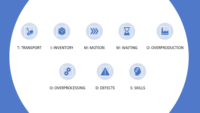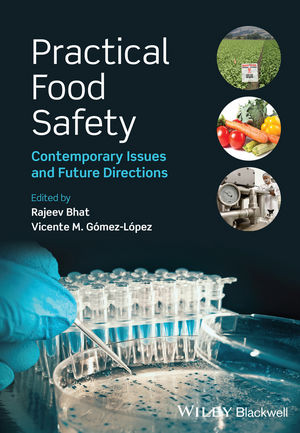Facility Risk: Does Your Plumbing Infrastructure Affect Your Bottom Line?

Often overlooked and critical for food safety are the plumbing systems installed in your facility. More often than not, these systems are inherited from the previous tenant or plant manager. What is out of sight may be out of mind, but there are things you can survey easily to look for signs of trouble and keep your facility out of “hot water” down the road.
A quick walk through can give a good indication of whether or not your systems might not be up to code and be a ticking contamination time bomb for your facility. As you review your plant, ask yourself the following:
• Does water pool in areas and not readily drain quickly?
• Are there leaks, visible drips or wet areas that are a constant cause for concern?
• Are the drains in your facility stainless steel? Do they have easily removable covers for ease of cleaning? Do they have removable sediment baskets? Are the corners inside the drain radiused to eliminate buildup of solids?
• Is piping in wash down areas properly installed with stand-offs to allow ease of cleaning behind the pipes?
• Is the insulation on the piping protected with washable PVC covering?
• Does the equipment connected to your domestic hot and cold water systems have the appropriate backflow protection?
• Do you constantly have a problem providing adequate flow and temperature with your hot water wash down systems?
If you answered yes to more than three of these questions, then you might be setting your facility up for possible product contamination problems and potential lawsuits. Regardless of how good your product is, one incident of product contamination can ruin your business and your reputation for good. So what to do to avoid this nightmare scenario?
It is not as dire as it may seem. Putting together a plan now can save you headaches later. Start with addressing the most critical areas and turn this into an opportunity to take your food safety to a new level. Here are some possible steps you can take to ensure your plant is on the right track to a safe and sanitary operation:
• Review your HACCP plan. Where are the critical areas where problems pose the biggest threat? Make these areas your number one priority.
• Talk to your people on the line. They often know where the problems lie better than you.
• Do plant inspections and walk-throughs on a regular basis during normal plant operations and after the line is shut down. Some problems may only stand out when things quiet down.
• Document your existing plumbing systems and know where the weak links lie. Identify these areas and make sure maintenance is done to prevent little problems from becoming big ones.
• Review your maintenance records and look for trends in equipment failures and problems. When viewed as a whole, these records may point to a systemic problem.
With a little forethought and attention to detail you can make a big impact on reducing problems and the potential for serious issues in the future. A little diligence now will go a long way to protect the future of your business and the health of your customers.
Kenneth L. Fry, PE, LEED® AP, is with BD Engineering, LLC. For more assistance in resolving any of the above concerns and challenges, please contact us at www.bd-engineering.com.
Looking for a reprint of this article?
From high-res PDFs to custom plaques, order your copy today!








